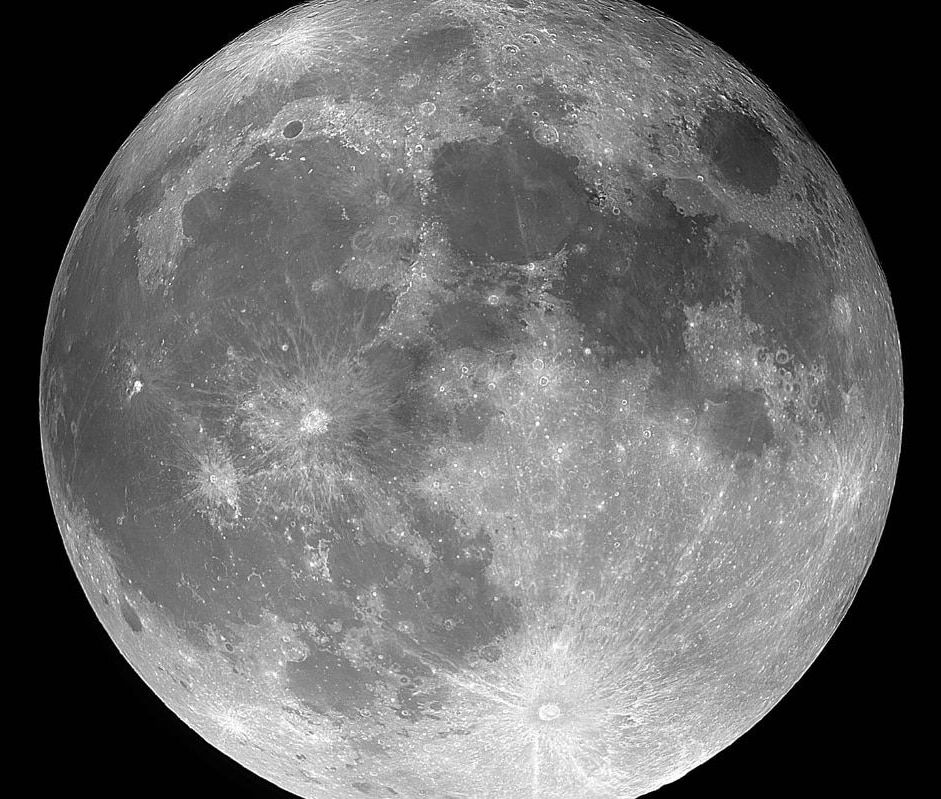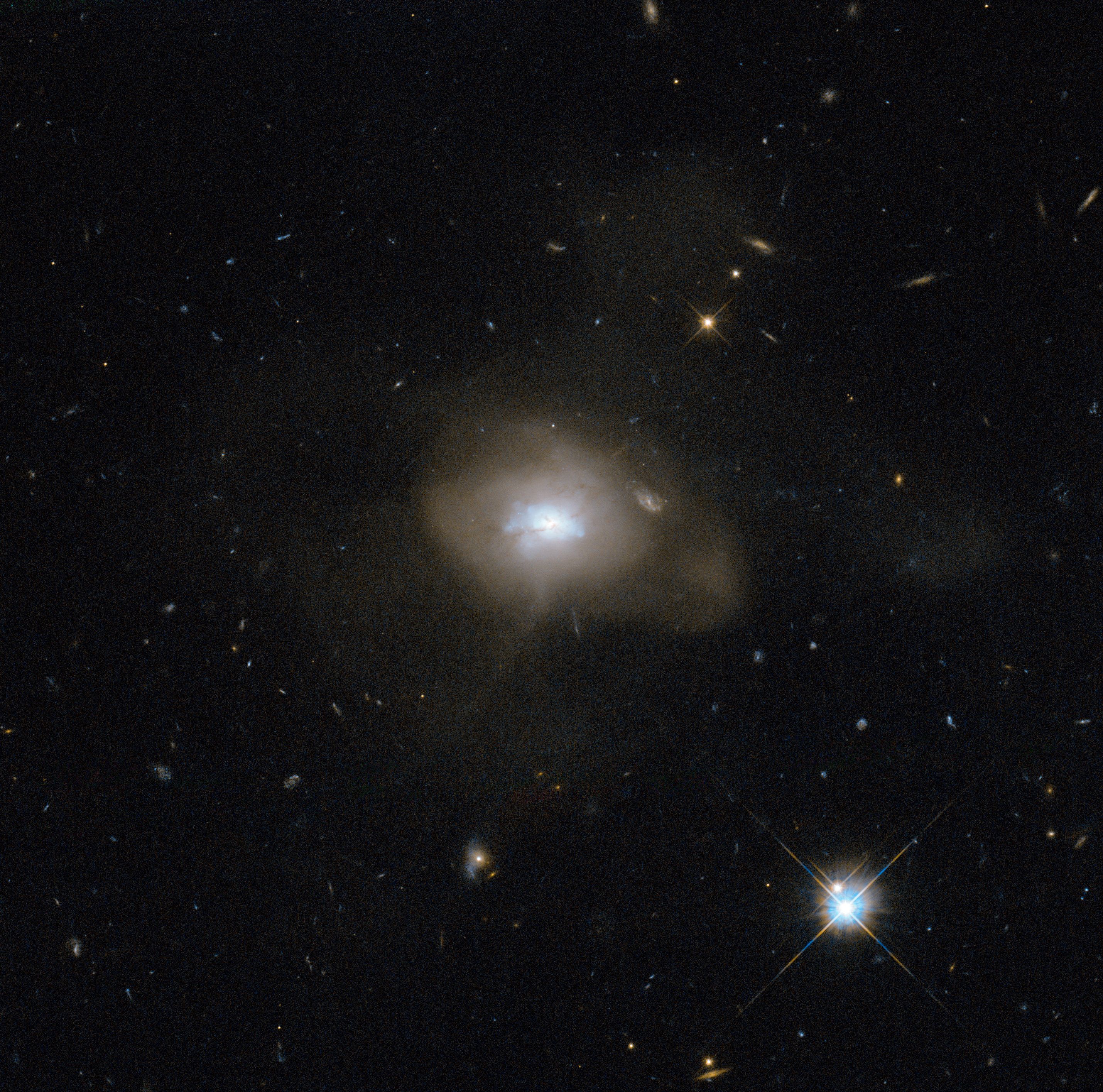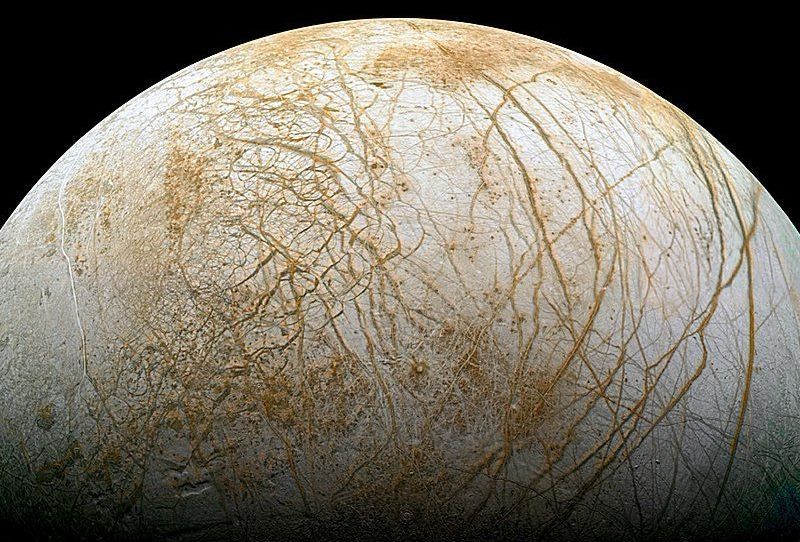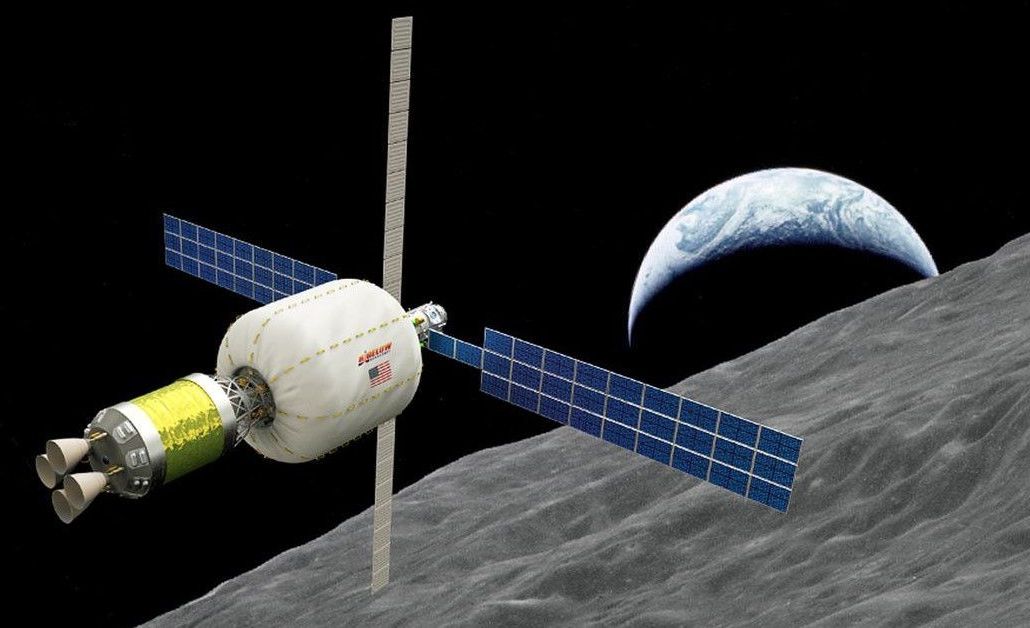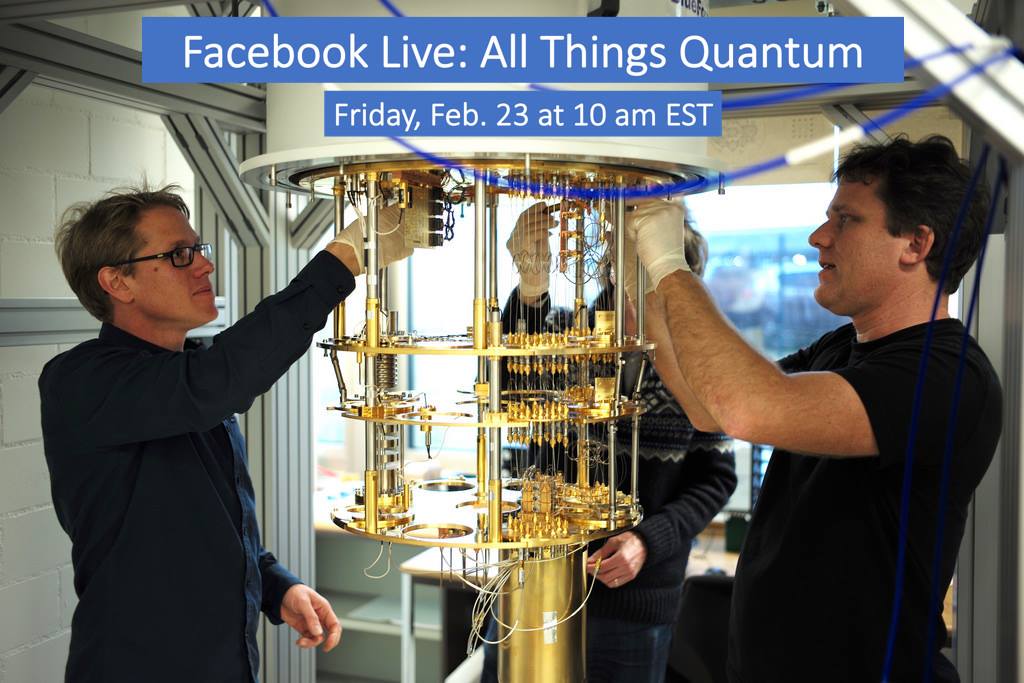Feb 28, 2018
First light which ever shone in universe picked up
Posted by Genevieve Klien in categories: physics, space
T he first light which ever shone in the universe has been detected by astronomers scouring the skies for the earliest stars.
Using a simple radio antenna positioned in the quietest place on Earth — the western Australian desert — scientists picked up a signal of the long-sought ‘cosmic dawn.’
The breakthrough was described as ‘revolutionary’, ‘trailblazing’ and the most important discovery in astronomy since the detection of gravitational waves in 2015.
Continue reading “First light which ever shone in universe picked up” »

